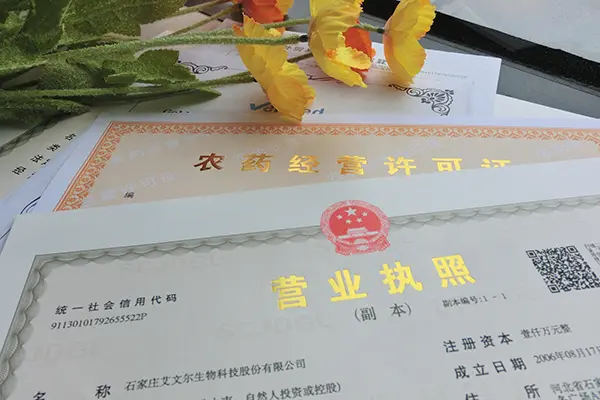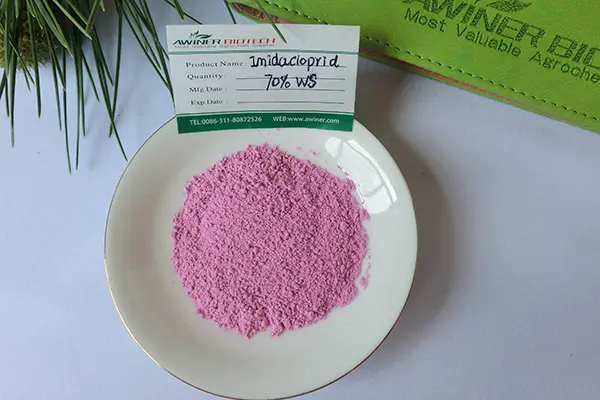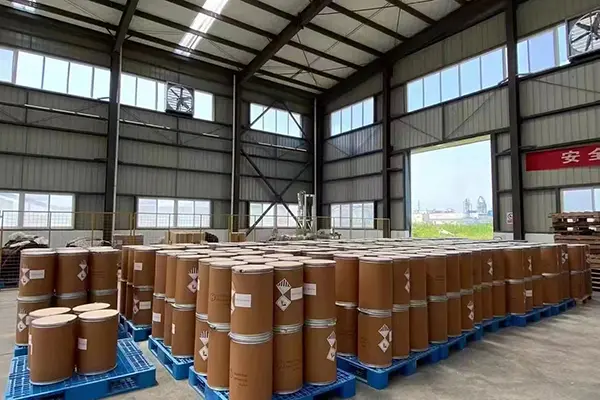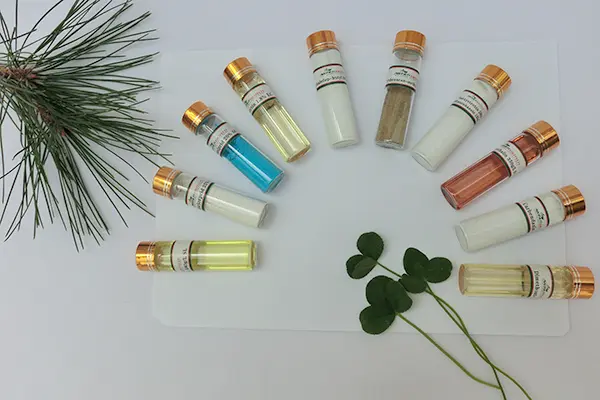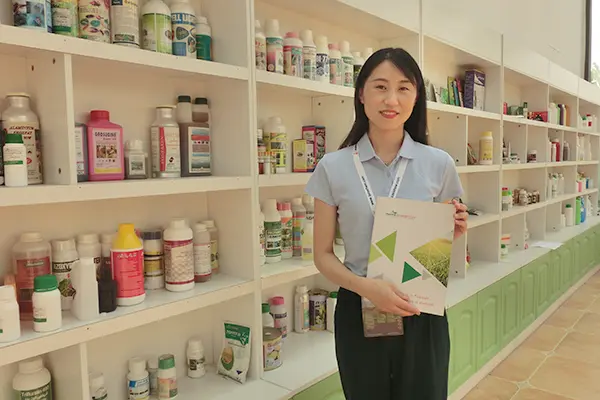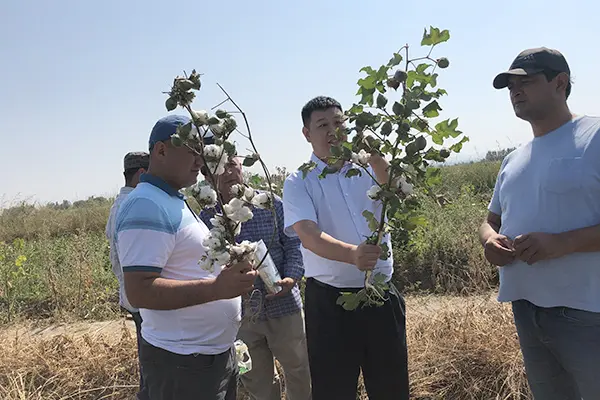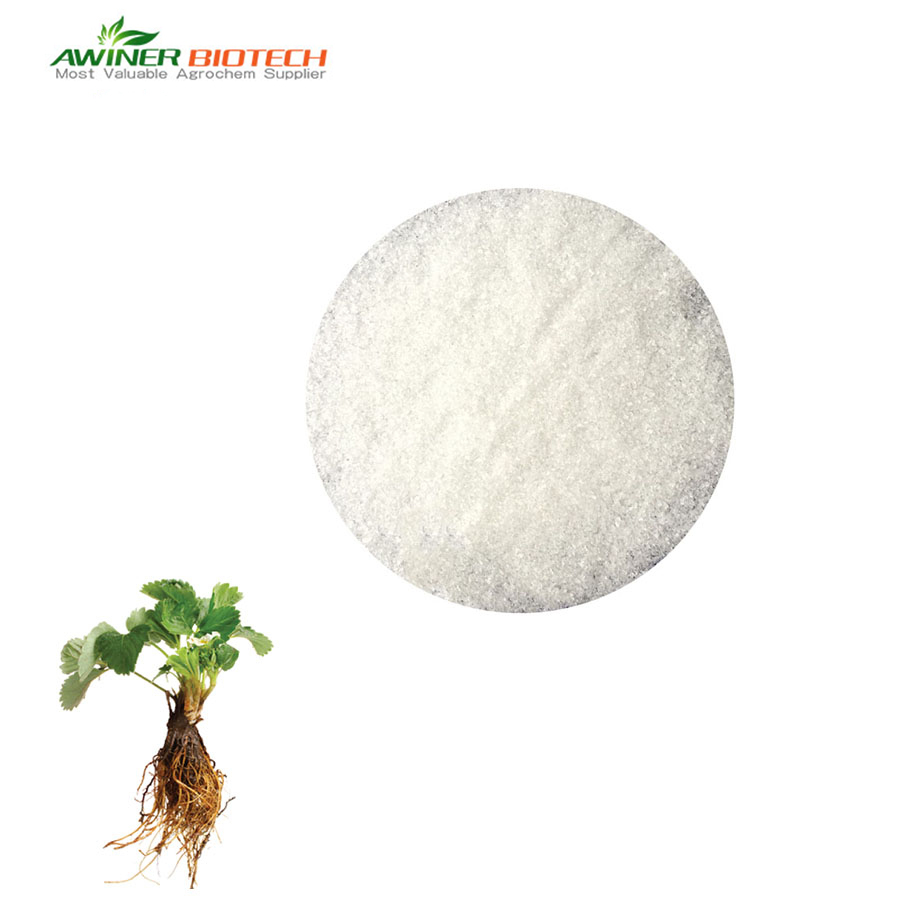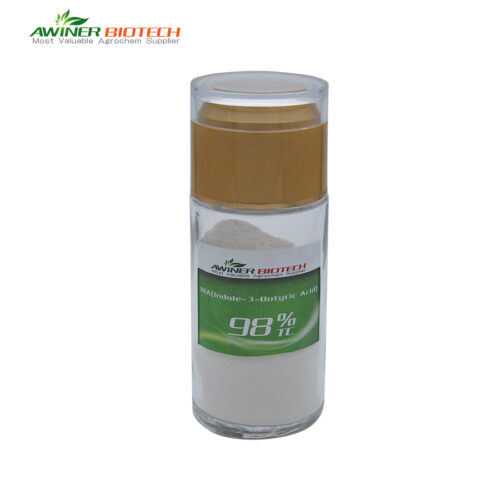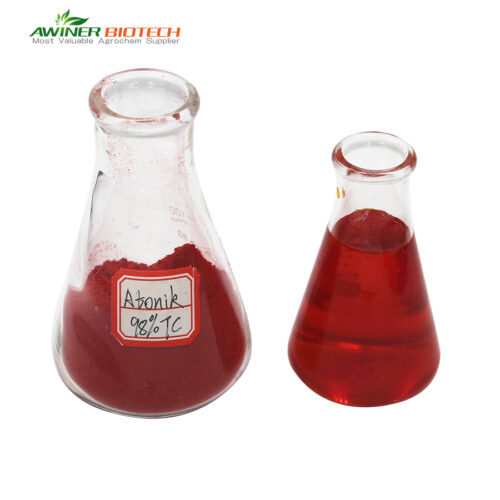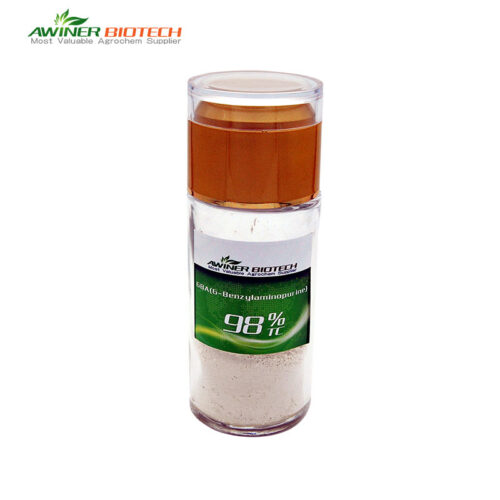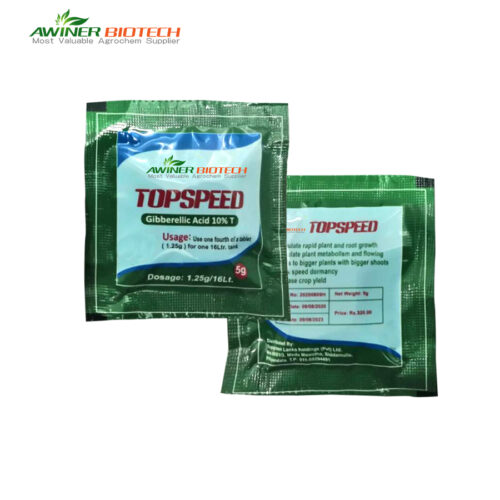Naphthylacetic Acid |
|
| Formulation | 5%AS |
| Packing | Liquid:50ml、100ml、250ml、500ml、1L、5L、10L、20L Solid:10g、50g、100g、250g、500g、1kg、5kg、10kg、25kg |
| Crops +Disease | Grape Ginger Apple tree |
| Certification | SGS、 ISO 、BV |
| Delivery time | 20-30 days |
| Mixture products | Thiophanate-methyl Choline chloride indole-3-butyric-acid |
| Payment terms |  |
Discover the benefits of 1-Naphthylacetamide (1-NAD) and 1-Naphthylacetic Acid (1-NAA) auxins in agriculture. Learn how these synthetic plant hormones promote root initiation, cell elongation, and fruit development to enhance crop yields and plant health.
Naphthylacetic Acid (NAA) Overview
Naphthylacetic acid (NAA) is a synthetic plant growth regulator belonging to the auxin group. It is commonly used to promote root formation in cuttings, prevent fruit drop in various fruit trees, and stimulate growth in various crops. NAA works by mimicking natural auxins in plants, influencing cell elongation and division, ultimately improving root development and overall plant health.
 |
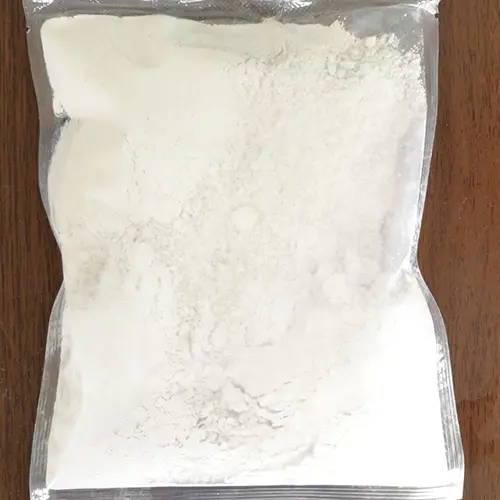 |
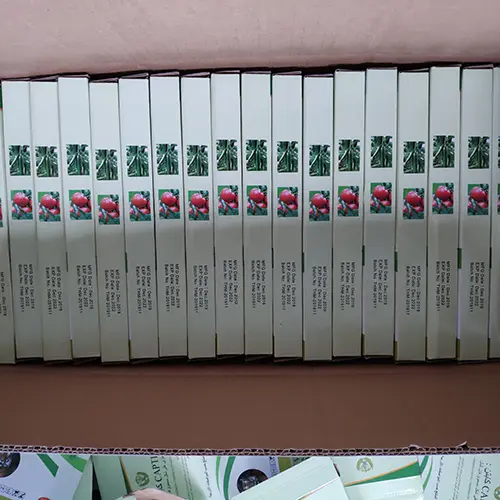 |
 |
How to Use Naphthylacetic Acid
NAA can be applied through various methods, such as spraying, dipping cuttings, or adding it to irrigation systems. In fruit trees, NAA is often sprayed during the fruit-setting period to reduce premature fruit drop. When used for rooting cuttings, it’s typically applied as a dip before planting. The concentration and method of application should be carefully followed according to crop type and the specific purpose to avoid any adverse effects like excessive root development or deformities.
<About Awiner Biotech>
